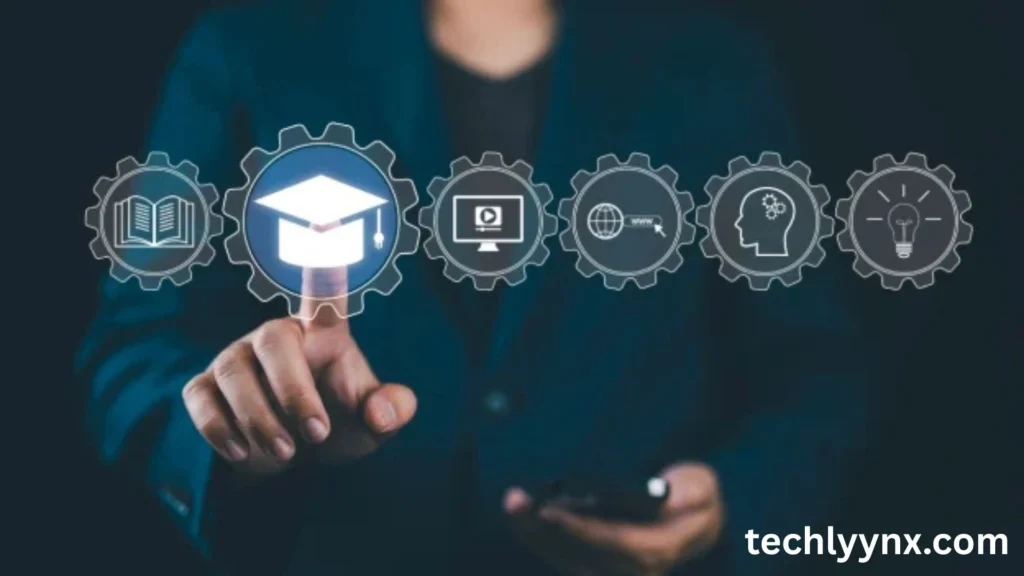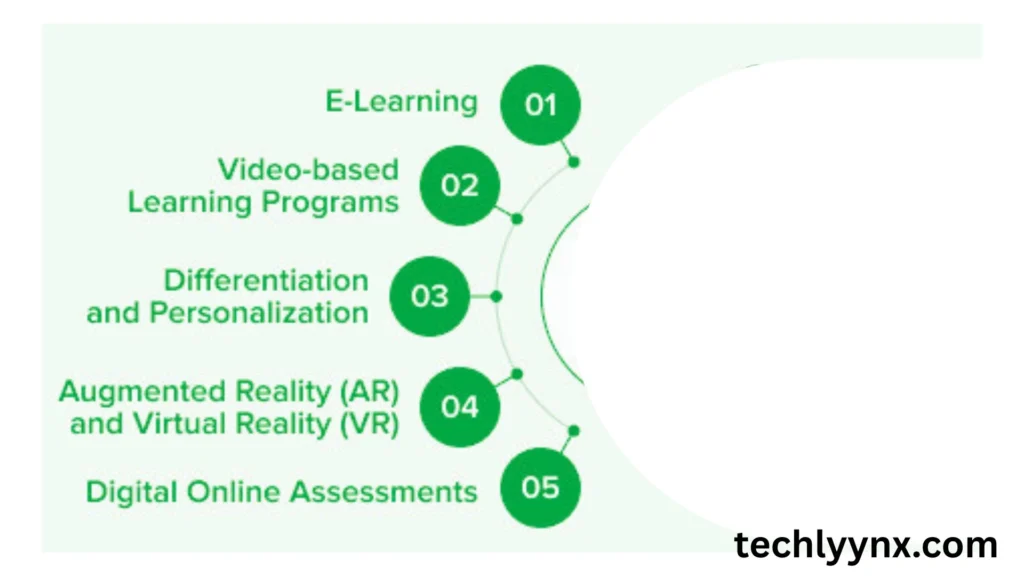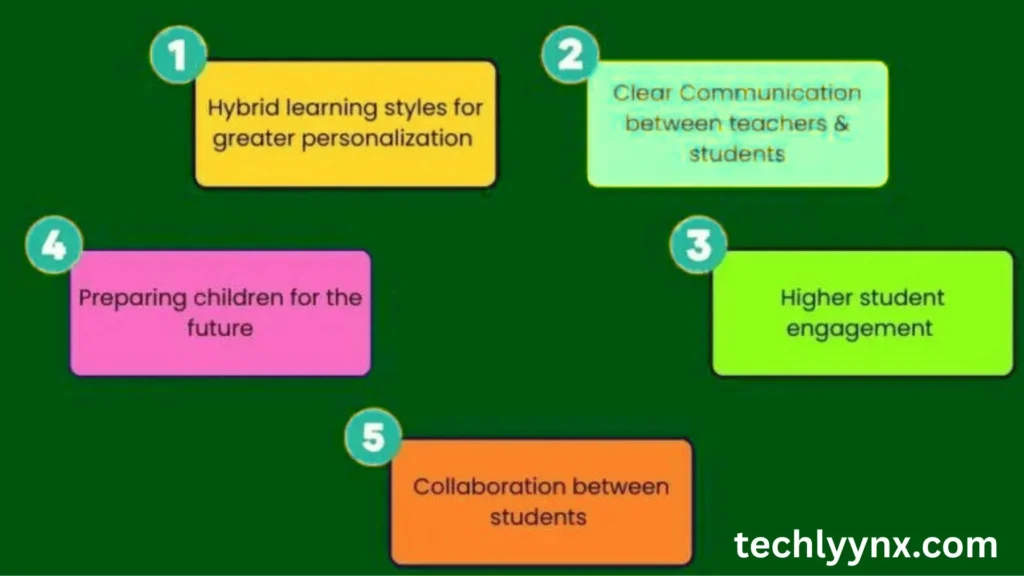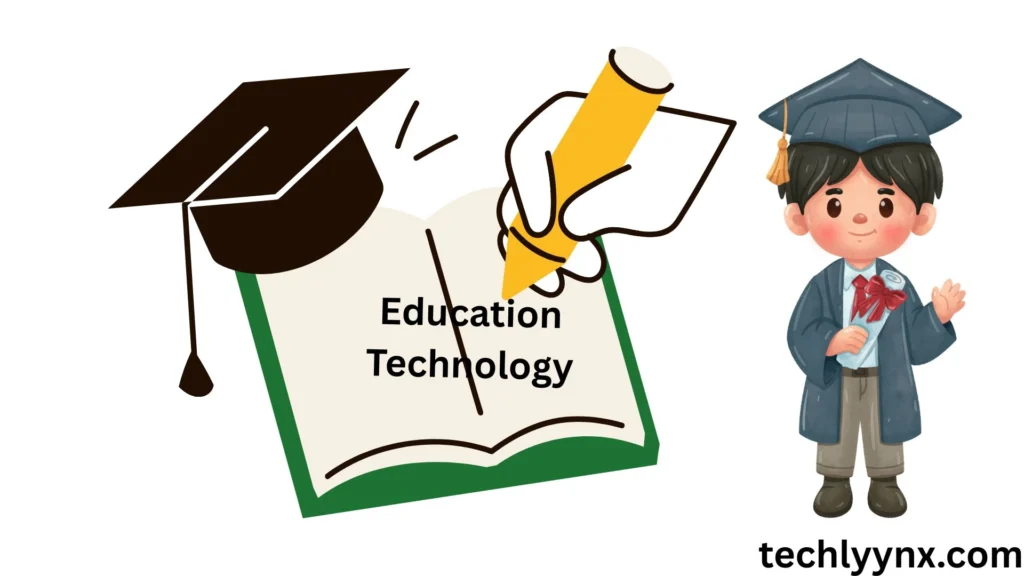Technology is now present everywhere, not just in workplaces, industries, or commercial establishments. Technology has changed modern life, from cellphones that allow us to interact quickly with people around the world to apps that organize our daily schedules. However, the field of education has seen some of the most significant changes as a result of it.
Nowadays, it’s likely that technology has a significant impact on the classroom experience for both teachers and students. Learning is now more participatory than ever before, assignments are shared online, and classes are accessible from any location. All of this is referred to as education technology, or EdTech.
What is Education Technology?
The use of digital tools, applications, platforms, and contemporary developments to enhance the teaching and learning process is known as education technology, or EdTech.
Imagine students conducting science experiments in a virtual reality lab rather than reading about them in a textbook, or a teacher using a smartboard in place of a chalkboard. EdTech is at work there.
The goal is to provide instructors with better resources, not to replace them. Making learning smarter, simpler, and more accessible is the goal, not making students reliant on technology.
Why Education Technology Matters

EdTech has grown significantly in importance in recent years for a few main reasons:
All-Accessible:
Mobile phones have made it possible for students in far-flung areas to attend classes. Time and place barriers are eliminated with EdTech.
Individualized Education:
Every student learns in a different way; some pick things up quickly, while others take their time. Each student’s pace can be accommodated by EdTech platforms.
Motivation and Involvement:
Students remain motivated through interactive courses, games, and quizzes. Instead than merely reading boring text, consider using an interactive timeline to learn about history.
Effectiveness for Teachers:
Tools that facilitate class planning, information sharing, and grading help teachers save time.
International Cooperation:
From home, a student in Pakistan can attend a lecture by a professor in Europe or participate in a coding bootcamp in the United States.
A Quick History of EdTech

Education and technology have always gone hand in hand. Let’s look at how far we’ve come:
- Ancient Times: Oral teaching, handwritten manuscripts.
- 1400s: Invention of the printing press made books widely available.
- 1800s: Blackboards introduced in classrooms.
- 1900s: Radios and televisions used for educational broadcasts.
- Late 1900s: Computers and projectors enter classrooms.
- 2000s: Online learning platforms like Moodle and Coursera begin.
- 2010s: Smartphones bring mobile learning apps like Duolingo and Quizlet.
- 2020s: COVID-19 makes online learning essential; Zoom, Teams, and Google Classroom become everyday tools.
- Now: Artificial intelligence (AI), virtual reality (VR), and gamification are shaping the classrooms of tomorrow.
Examples of Education Technology in Everyday Life

Let’s examine how EdTech manifests itself in our everyday lives to gain a better understanding of it:
- Google Classroom is an online platform where educators may evaluate students, share resources, and assign assignments.
- Khan Academy is a free learning resource that offers practice questions and video lectures in every subject.
- During the epidemic, remote learning was made possible via virtual classrooms like Zoom and Microsoft Teams.
- A entertaining, game-like program called Duolingo uses brief, interactive lessons to teach languages.
- Quizlet – Flashcards and quizzes that help students memorize faster.
- Virtual Reality – Students “walk” through the solar system, explore ancient civilizations, or even practice surgeries.
Benefits of Technology in Education

EdTech offers value not just to students, but to teachers, schools, and even parents.
For Students
- Learn at their own speed.
- Access education anytime, anywhere.
- Interactive tools make subjects easier to understand.
For Teachers
- Save time on grading and scheduling.
- Access online teaching materials and resources.
- Use analytics to track student progress.
In Schools
- Improve communication with parents.
- Organize administration digitally.
- Provide a modern learning environment.
Tech For Parents
- Monitor their child’s academic progress in real time.
- Support learning at home using apps and resources.
- Stay connected with teachers more easily.
Challenges of Education Technology
EdTech isn’t without its difficulties, of course. Typical problems include:
- Digital Divide: A large number of students lack devices or internet access.
- Screen Fatigue: Spending too much time online can cause health problems.
- Training for Teachers: Not all educators feel at ease using new technology.
- Privacy Issues: Schools need to guard against improper usage of student data.
The good news is that efforts are underway to solve these issues. EdTech is becoming more inclusive and safe because to increasingly stringent data policies, teacher training programs, inexpensive devices, and offline learning resources.
The Future of Education Revolution

Education technology appears to have a bright future ahead of it, with advancements that will fundamentally alter how we teach and learn. We are shifting away from only traditional classrooms and toward intelligent, hybrid learning environments where in-person communication and digital resources coexist together.
Artificial intelligence will be crucial since it will serve as each student’s personal tutor, adapting lessons to suit their learning preferences and speed. Imagine exploring ancient Rome or entering the human body during a biology lesson—virtual reality and augmented reality will make subjects come to life. Blockchain technology will help protect academic data and credentials, making them easily verifiable and impenetrable.
EdTech will continue to make learning more accessible worldwide, breaking down barriers of distance, cost, and even language. In short, the future of EdTech is not just about gadgets and apps—it’s about creating more personalized, inclusive, and exciting learning experiences for everyone.
Tips for Beginners: How to Start with EdTech
If you’re a student, teacher, or parent new to EdTech, here are simple steps:
- Start small – Pick one tool like Google Classroom or Khan Academy.
- Explore free apps – Try Duolingo, Quizlet, or Coursera to get comfortable.
- Watch tutorials – YouTube and webinars are full of free guides.
- Be patient – Technology may feel overwhelming at first, but it gets easier.
- Set goals – Are you looking to save time, improve engagement, or learn a new skill? Choose tools that fit your goals.
Frequently Asked Questions (FAQs)
- To put it simply, what is education technology?
It entails utilizing contemporary resources—such as technologies, websites, and apps—to improve and simplify teaching and learning. - Does EdTech take the place of educators?
No. It supports educators by providing them with improved resources, but it does not take the place of their job. - Is EdTech feasible in rural regions?
Yes, although internet availability is still a problem, particularly with offline apps and mobile learning. - Do pupils suffer from using too much technology?
Indeed, equilibrium is crucial. Both online and offline learning experiences are essential for students. - How will EdTech develop in the future?
In the upcoming years, classrooms will be shaped by AI, virtual reality, and personalized learning platforms.

